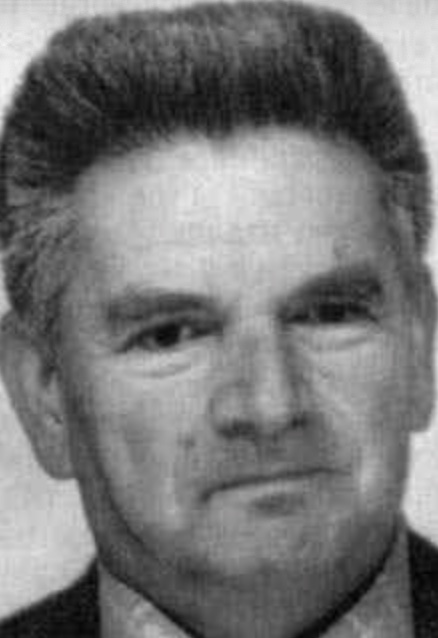
René Thom was born on September 2, 1923, to a family of modest means in Montbéliard, France. He displayed an early aptitude for mathematics, and graduated from secondary school receiving his Baccalauréat in 1940, just before the German army invaded France. Initially, he fled with his family to Switzerland, but returned to Paris the following year to attend Lycée Saint-Louis. In 1943 he poured himself into mathematics at the École Normale Supérieure, where Évariste Galois had studied a century earlier. Entering the University of Paris in 1946, he studied under the guidance of renowned mathematician Henri Cartan, and developed his Ph.D. thesis, Espaces fibrés en sphères et carrés de Steenrod (Sphere bundles and Steenrod squares). This work was a significant contribution to the field of algebraic topology for which he was awarded his Ph.D. in 1951.
He then embarked on an academic career, beginning with a fellowship at Princeton University in the academic year 1951-52, and positions at the University of Grenoble and Strasbourg where he was appointed Professor in 1957. Through the 1960’s, Thom developed the branch of mathematics known as catastrophe theory, designed to model discontinuous changes in systems, such as phase transitions in physics, population dynamics in biology, and economic fluctuations. Catastrophe theory provided a mathematical framework for analyzing and predicting these abrupt changes. This work earned him recognition and several prestigious awards, including the Fields Medal In 1958, the Brouwer Medal in 1970 and the John von Neumann Lecture Prize in 1976.
During his career, Thom continued to work on various mathematical topics, including differential equations, topology, and singularity theory. This work that had applications not only in mathematics but also in biology, physics, and other scientific disciplines, opening up new avenues of research in various. branches of science.
René Thom passed away on October 25, 2002, but his work continues to influence and inspire mathematicians and scientists to this day. His ability to bridge the gap between pure mathematics and real-world applications made him a prominent figure in the history of mathematics.
